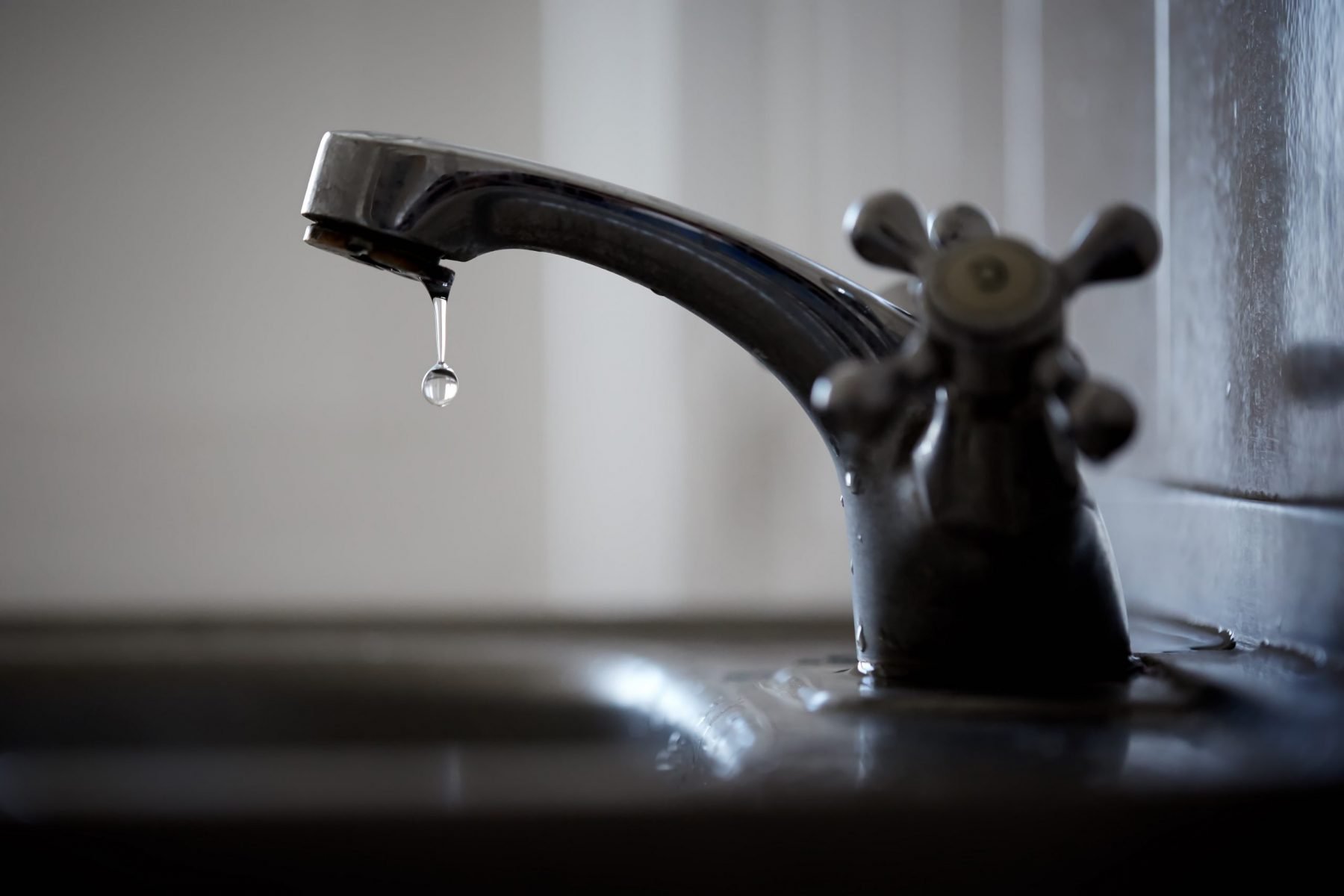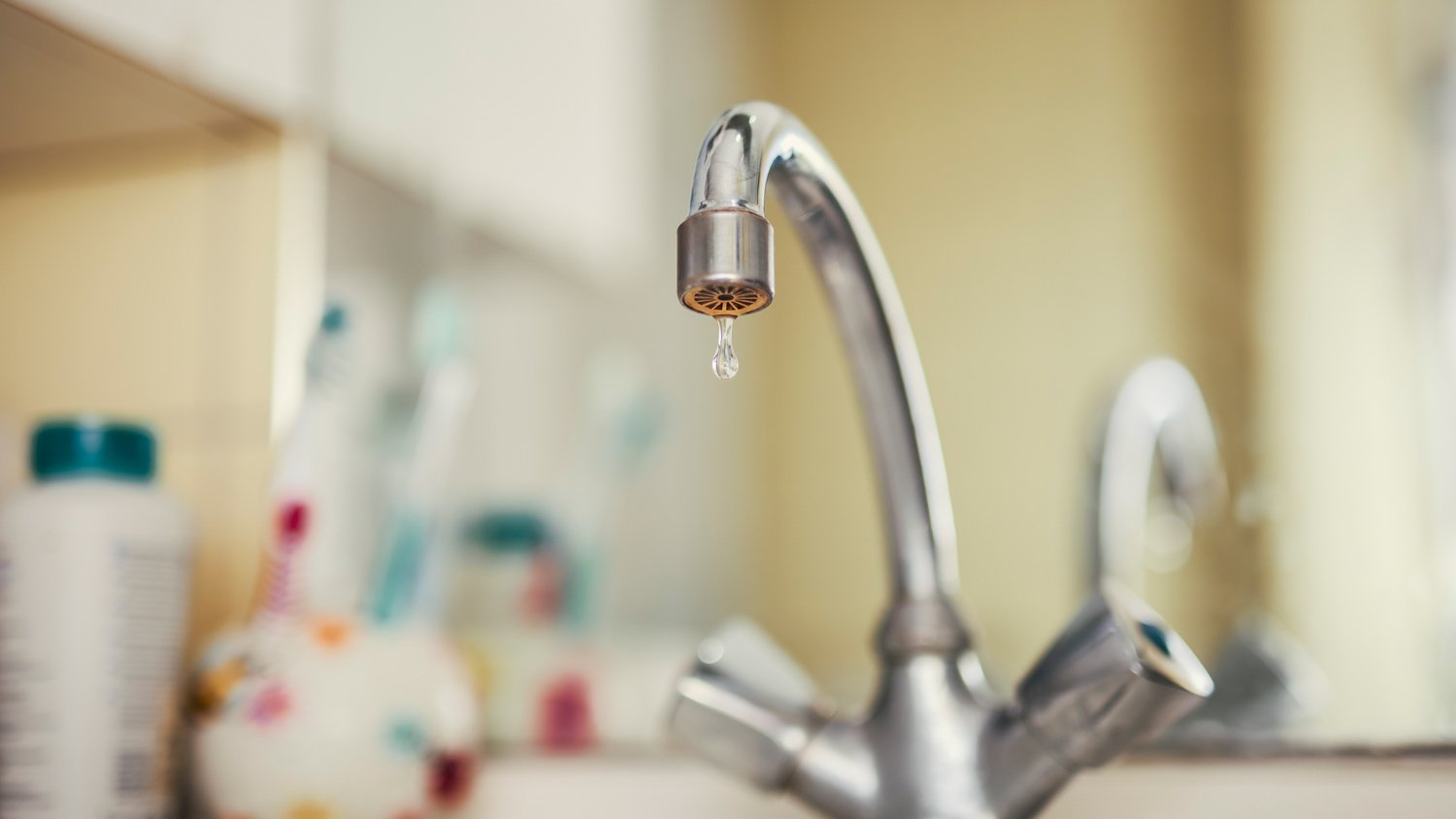An Impact of a Damaged Faucet
An Impact of a Damaged Faucet
Blog Article
On this page in the next paragraphs you can find a bunch of sound facts regarding Here's How to Fix a Leaky Faucet.

Introduction
A dripping tap may feel like a minor annoyance, but its repercussions expand far beyond the occasional drip. Recognizing the impacts of a leaking faucet is critical for both home owners and the setting. In this article, we'll check out the different influences of this common family problem and why addressing it without delay is vital.
Root Causes Of Leaky Faucets
Dripping taps can arise from a selection of variables, including wear and tear, high water pressure, and rust. Gradually, the consistent use taps can lead to damaged seals and gaskets, creating leakages to establish. Furthermore, too much water stress can put stress on plumbing components, leading to leaks. Corrosion and rust can additionally deteriorate faucet elements, making them susceptible to leakage.
Water Wastage
One of the most significant consequences of a leaking faucet is water waste. Also a small drip can amount to gallons of wasted water in time. This not only increases water expenses but likewise contributes to water deficiency and environmental deterioration. Resolving leaking faucets quickly is essential for conserving this priceless resource and minimizing its impact on the planet.
Financial Impact
In addition to wasting water, dripping taps can likewise have a substantial economic influence. Boosted water bills are a straight consequence of water wastage, costing home owners hundreds of dollars every year. Moreover, the cost of repairing water damages caused by leaks can be substantial, particularly if left neglected for an extensive period.
Ecological Effect
The ecological influence of dripping faucets prolongs past water waste. By preserving water, property owners can add to broader efforts to mitigate water shortage and shield all-natural ecosystems. Lasting choices such as rain harvesting and water-efficient fixtures can even more reduce the ecological footprint of home water usage.
Technical Solutions
Innovations in innovation have caused the advancement of smart faucets and water-saving devices that help decrease water waste. Smart taps utilize sensors to find motion and adjust water flow accordingly, lowering waste without sacrificing comfort. Water-saving tools such as aerators and low-flow showerheads are additionally effective in saving water without compromising performance.
International Perspectives
While leaky faucets may look like a localized issue, they contribute to broader international obstacles such as water shortage and climate modification. In areas currently facing water tension, every decline counts, making leakage prevention and repair service vital. By embracing water-saving techniques and investing in sustainable modern technologies, home owners can play their part in attending to these pressing global issues.
Regulative Measures
Government laws play a crucial duty in reducing the effect of dripping taps and promoting water preservation. From building codes that call for water-efficient components to water-saving rewards and discounts, policymakers have a range of devices at their disposal. By implementing and implementing these regulations, governments can make certain that property owners prioritize water preservation in their every day lives.
Community Influence
Dealing with dripping taps requires cumulative efforts at the neighborhood level. By increasing understanding about the relevance of water conservation and providing resources for leakage detection and repair, regional authorities can encourage property owners to do something about it. Efforts such as water-saving discount programs and leakage discovery projects can incentivize behavior change and promote responsible water use.
Instance Researches
Real-life examples of the effect of dripping faucets emphasize the relevance of aggressive maintenance and prompt fixings. From water damage to escalating water bills, the effects of neglecting leakages can be severe. By sharing these study, homeowners can much better recognize the relevance of attending to leaking taps immediately.
Educational Campaigns
Educational projects play an essential role in raising recognition regarding the impacts of leaky faucets and advertising water conservation techniques. With workshops, seminars, and on the internet resources, homeowners can find out exactly how to spot and fix leakages themselves. By equipping people with understanding and tools, instructional campaigns can cultivate a society of accountable water usage within neighborhoods.
Wellness Worries
Dripping taps can produce helpful environments for mold and mildew and mildew growth, posturing health threats to occupants. The visibility of mold and mildew can intensify breathing problems and allergies, particularly in susceptible individuals. Furthermore, water damage arising from leakages can compromise the structural honesty of buildings and lead to pricey repair services.
DIY vs. Expert Repair
When confronted with a dripping faucet, house owners commonly debate whether to attempt fixings themselves or hire an expert plumber. While DIY repairs can conserve cash, they may not constantly attend to the hidden problem successfully. Expert plumbing professionals have the knowledge and equipment to identify and repair leakages correctly, ensuring long-lasting remedies and comfort for property owners.
Preventive Measures
Protecting against dripping taps requires normal upkeep and aggressive measures. Basic tasks such as replacing damaged washers and seals can prevent leakages from developing. In addition, upgrading to high-grade components and reducing water pressure can help lengthen the life-span of faucets and minimize the threat of leaks.
Final thought
In conclusion, the results of a dripping faucet expand much beyond the occasional drip. From water wastefulness and boosted water expenses to wellness problems and ecological effect, the consequences of overlooking leakages can be significant. By dealing with leaky faucets promptly and taking on water-saving techniques, homeowners can mitigate these results and add to an extra lasting future.
Why You Shouldn’t Ignore a Leaky Faucet in Your Home
What Causes a Leaky Faucet?
Various factors can cause a leak, from loose and worn-out parts to corrosion. Your faucet has four essential components from which most plumbing issues will stem: the O-ring, the valve seat, the washer and the gasket.
What Is an O-Ring?
The O-ring is a stem screw that fastens parts of the faucet in place, preventing water from leaking out of the spout. Depending on your faucet type, the stem might have multiple O-rings. Water will drip from the faucet’s handles and base if this part breaks or deteriorates.
What Is a Valve Seat?
The valve seat controls the flow and temperature of the water. Found at the base of the handle, it works as a seal for the faucet’s stem. The valve seat ensures the water is allowed to flow or is blocked as the handles dictate. You’ll know it’s malfunctioning when water leaks from your faucet’s sides.
What Is a Gasket?
The gasket is found between the water inlet and the valve stem. It creates a seal between the faucet and the sink, holding its joints by aerators attached to the stem’s head. Water will trickle out from the base if the gasket isn’t working.
What Is a Washer?
The washer secures the handles and prevents leakage, serving a similar purpose to the O-ring. While the O-ring is ordinarily round and made from an elastic material, such as rubber, the washer is square-shaped and composed of brass, copper and other hard metals. If it malfunctions, corrodes or has been improperly installed, water will leak out of the handles, causing that incessant faucet drip.
Why Is a Leaky Faucet Dangerous?
A leaky faucet left alone for too long can have significant consequences.
Pest Infestations
Since bugs and rodents gravitate towards the scent of water, a leaky faucet will draw pests to your sink. Both are looking for leaks accessible through crawl spaces, which a faucet provides. If you leave water dripping for too long, you run the risk of an infestation.
Rust
If one of the faucet parts has started to corrode, the resulting rust can spread to your pipes and valves with startling speed. The rust might even lead to cracks or other impairments, resulting in more severe plumbing issues.
Your sink could also sustain damage from a leaky faucet. The water in your tap possesses sparse elements of calcium and iron that can stain your sink with repeated and prolonged exposure. Once those elements in the water have been open to the air for some time, your sink will start to rust, creating marks that can be difficult to remove.
https://www.tomsmechanical.com/blog/why-you-shouldnt-ignore-a-leaky-faucet-in-your-home

Do you really like more info about Health Risks Posed by Leaking Faucets? Write feedback down the page. We will be delighted to hear your feelings about this page. We hope that you visit us again later on. Do you know somebody else who is fascinated with Here's How to Fix a Leaky Faucet? Why not share it. I praise you for being here. Kindly check our blog back soon.
Report this page